Big cats like lions, tigers, leopards, and jaguars are among the most iconic predators on the planet. These majestic creatures are not just symbols of wild beauty—they play vital roles in maintaining the balance of their ecosystems. Here are six reasons why big cats are essential to the health of their habitats.
1. They Maintain Population Balance
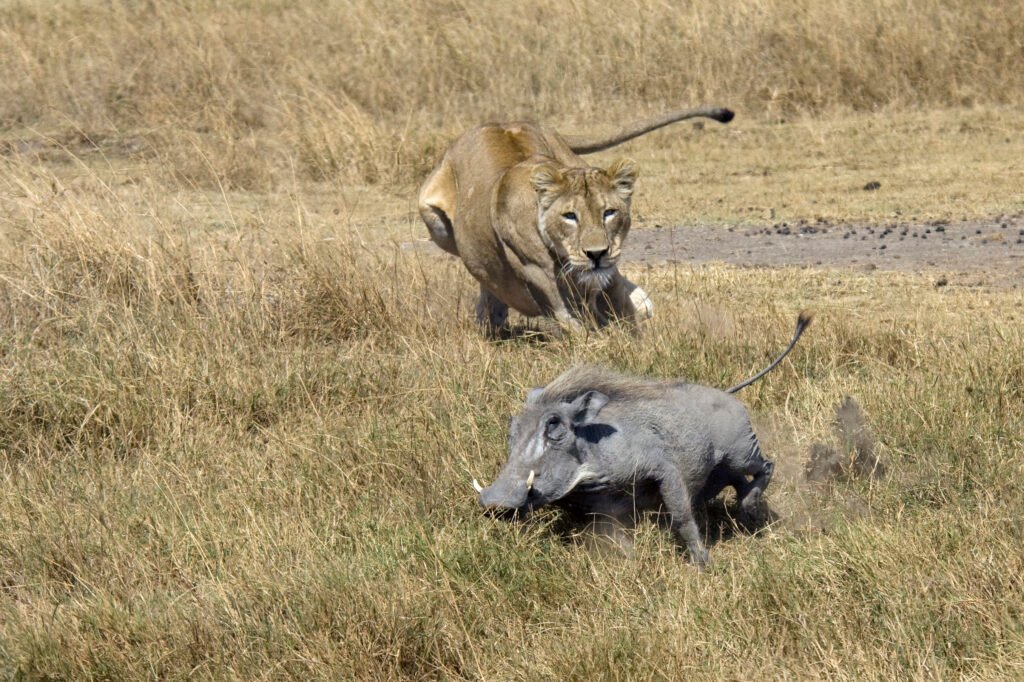
Big cats are apex predators, which means they sit at the top of the food chain. By preying on herbivores like deer or antelope, they prevent overgrazing, which can lead to habitat degradation. This balance ensures that vegetation thrives, supporting a diverse range of species within the ecosystem.
2. They Promote Biodiversity
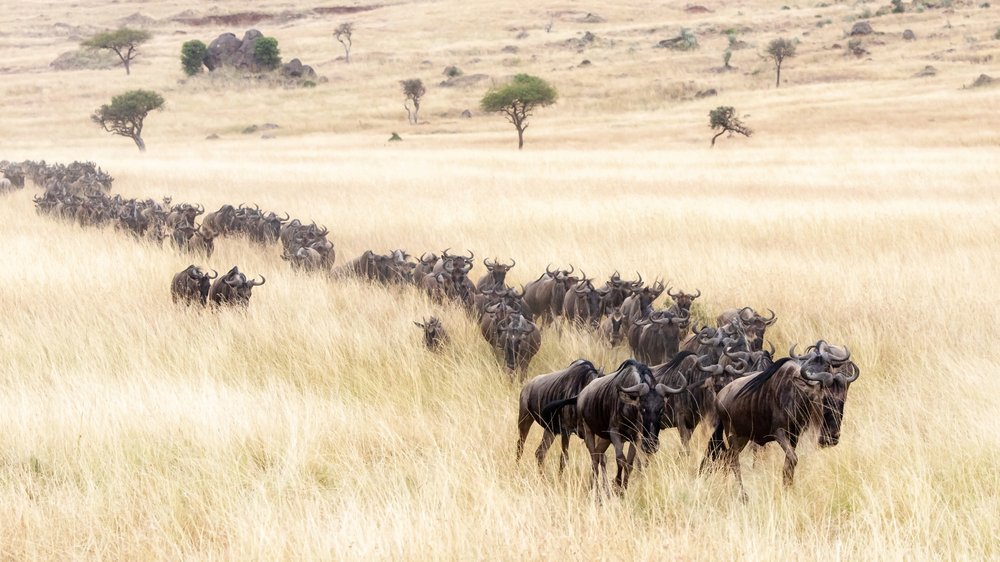
By controlling prey populations, big cats indirectly benefit other species. Healthy prey populations prevent smaller predators and herbivores from monopolizing resources, allowing a wide variety of animals to coexist. This biodiversity strengthens ecosystems, making them more resilient to changes and disruptions.
3. They Help Regulate Disease
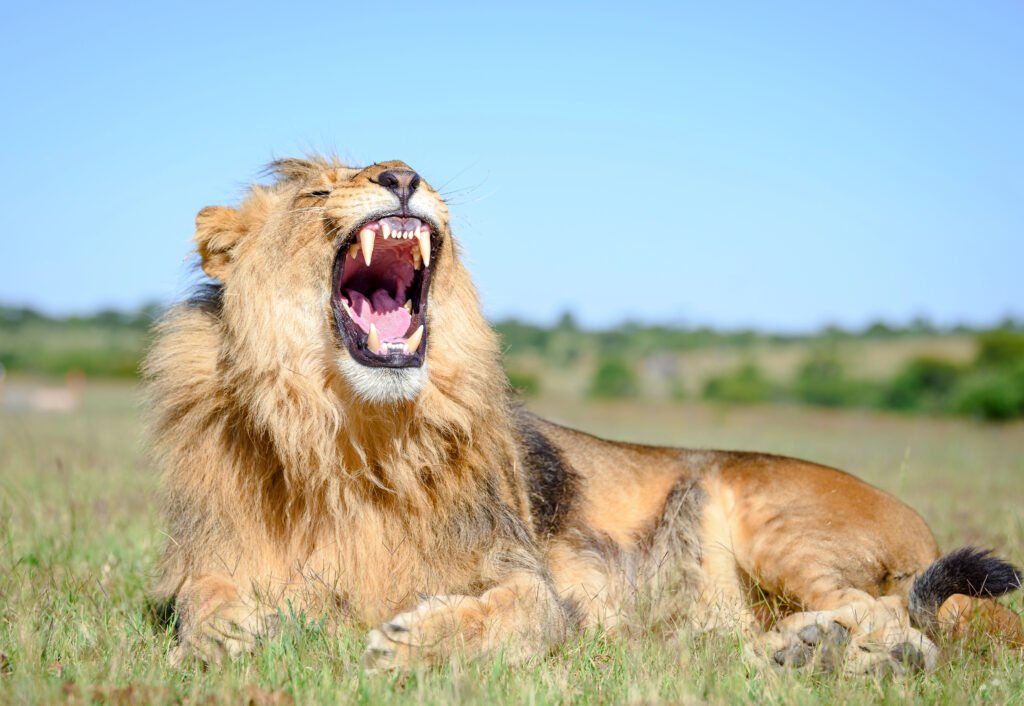
Big cats often target the weakest and sickest animals in a herd, which helps reduce the spread of disease. This natural culling ensures healthier prey populations and minimizes outbreaks that could devastate local wildlife. It’s nature’s way of keeping ecosystems in check.
4. They Influence Ecosystem Structure
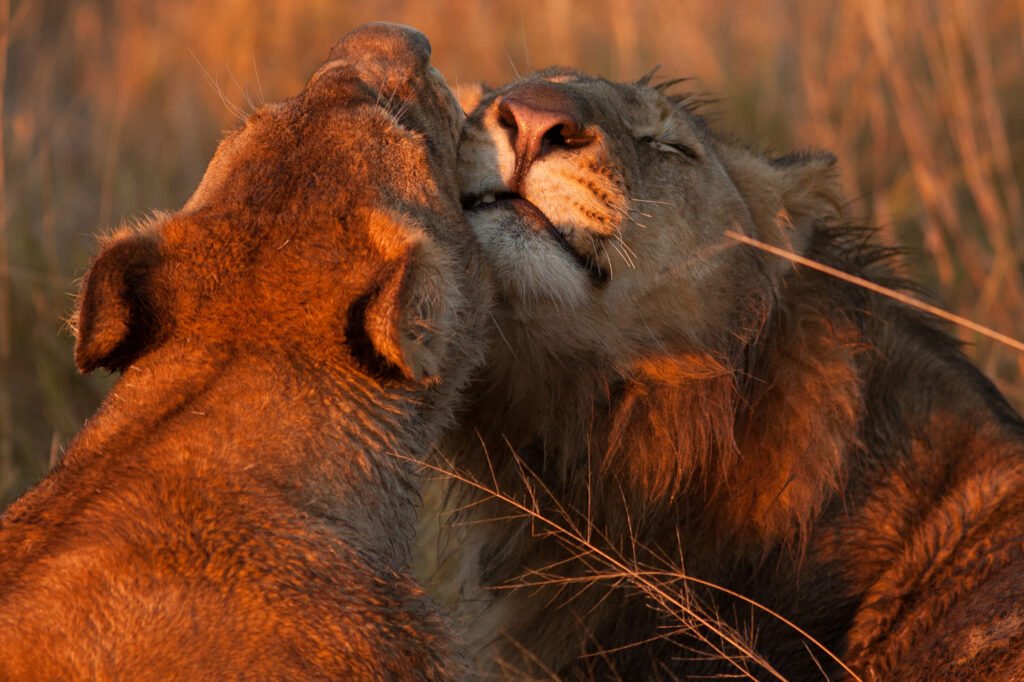
Big cats’ hunting patterns shape the behavior of prey animals, which in turn affects the landscape. For example, herbivores tend to avoid areas where predators are active, giving vegetation a chance to recover. This creates pockets of biodiversity and prevents overuse of specific areas, preserving the ecosystem’s structure.
5. They Support Local Communities
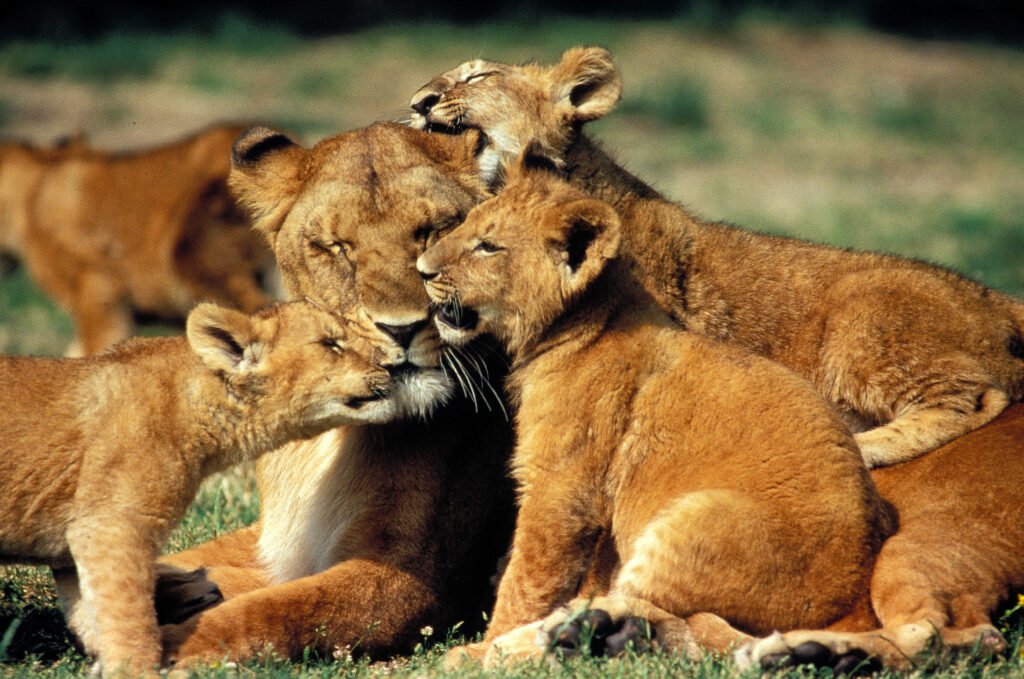
Big cats also play an indirect role in supporting human communities. As keystone species, their presence often signals a healthy ecosystem, which can attract eco-tourism. This generates income for local communities, fostering conservation efforts and sustainable practices that benefit both wildlife and people.
6. They Are Indicators of Environmental Health
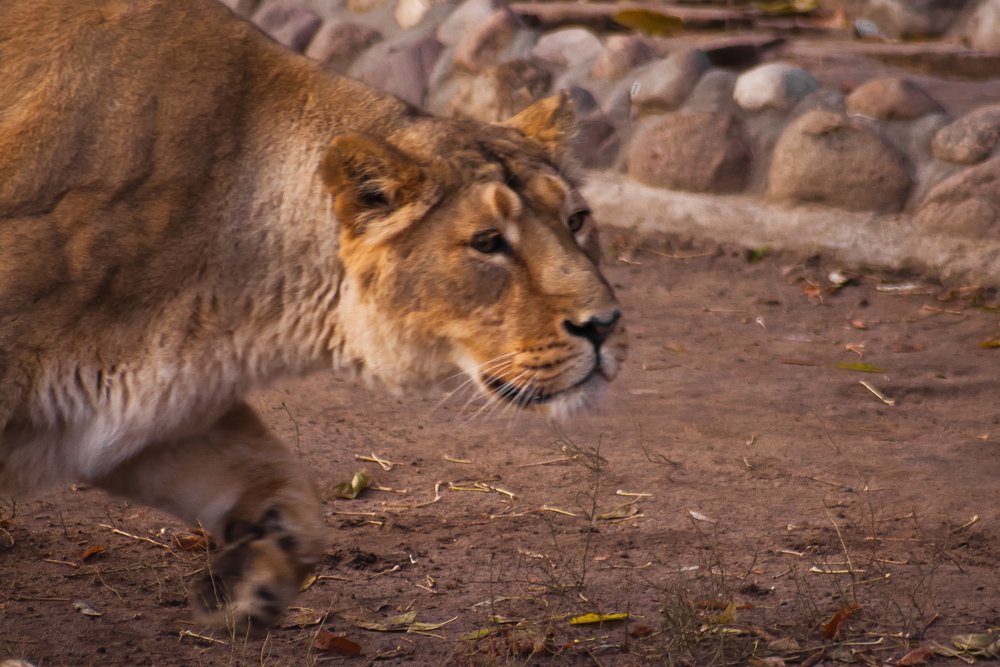
The health of big cat populations often reflects the overall health of their ecosystems. Declining numbers can signal larger environmental issues, such as habitat loss or poaching. Protecting these predators means safeguarding entire ecosystems and the countless species that depend on them.
Protecting Big Cats Means Protecting Our Planet
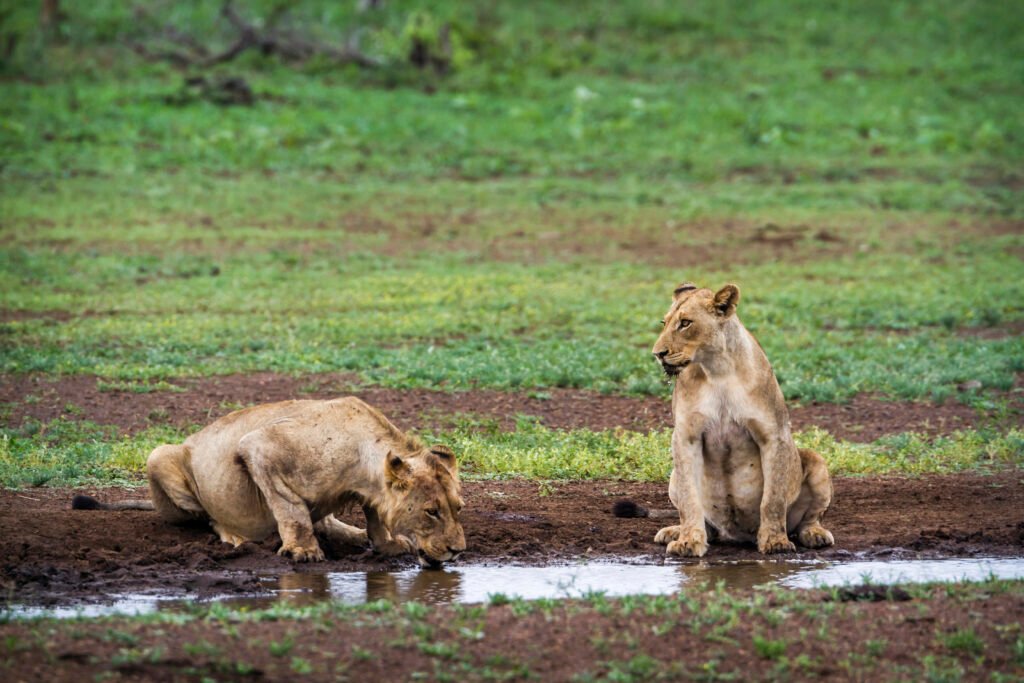
Big cats are more than awe-inspiring creatures; they are vital components of their ecosystems. Their roles as predators, regulators, and biodiversity champions underscore the importance of preserving their populations. By protecting big cats, we ensure that the delicate balance of nature is maintained, benefiting all life on Earth.
Their survival is tied to the health of our planet, making conservation efforts critical. Whether through supporting wildlife reserves, promoting sustainable practices, or spreading awareness, every effort to protect big cats helps safeguard the ecosystems we all depend on.

Growing up traveling and experiencing new cultures and wonders, I have had a passion for nature, adventuring, photography, and videography. I am currently working towards a BSc in Biodiversity and Ecology at Stellenbosch University, and I hope to specialise in Marine Sciences one day.
Please send any feedback to Feedback@animalsaroundtheglobe.com






